Thomas E. Weirich1402039182, 9781402039188, 9781402039201, 1402039190, 9781402039195, 1402039204
Table of contents :
Table of Contents……Page 6
List of Contributors……Page 12
Preface……Page 17
A. Introduction……Page 19
A.1. What is electron crystallography……Page 20
A.2. Exploiting sub-Ångstrom abilities: What advantages do different techniques offer?……Page 34
A.3. The way forward for electron crystallography……Page 48
A.4. Symmetry and structure……Page 60
B. Experimental techniques……Page 76
B.1. Introduction to electron diffraction……Page 77
B.2. Symmetry determinations by electron diffraction……Page 89
B.3. Electron diffraction structure analysis: Specimens and their electron diffraction patterns……Page 101
B.4. Quantitative electron diffraction structure analysis: Theory and practise of determining the electrostatic potential and chemical bonding in crystals……Page 113
B.5. Quantification of texture patterns……Page 137
B.6. Quantitative Convergent Beam electron diffraction: Measurements of lattice parameters and crystal charge density……Page 159
B.7. New instrumentation for TEM electron diffraction structure analysis: Electron diffractometry combined with beam precession……Page 185
B.8. Role of electron powder diffraction in solving structures……Page 200
B.9. Gas-phase electron diffraction for molecular structure determination……Page 211
B.10. Phase identification by combining local composition from EDX with information from diffraction database……Page 221
B.11. Analysis of local structure, chemistry and bonding by electron energy loss spectroscopy……Page 233
C. Crystal structure determination from electron microscopy data……Page 247
C.1. From Fourier series towards crystal structures: A survey of conventional methods for solving the phase problem……Page 248
C.2. Crystal structure determination by image deconvolution and resolution enhancement……Page 271
C.3. Structure determination from HREM by crystallographic image processing……Page 286
C.4. 3D reconstruction of inorganic crystals: Theory and application……Page 312
C.5. Solving and refining crystal structures from electron diffraction data……Page 332
C.6. The maximum entropy method of solving crystal structures from electron diffraction data……Page 347
C.7. Structure refinement by taking dynamical diffraction into account: Multi-slice least-squares refinement……Page 364
C.8. TrueImage: A software package for focal-series reconstruction in HRTEM……Page 381
D. Applications……Page 401
D.1. New insights into the nanoworld of functional materials……Page 402
D.2. Electron crystallography on polymorphs……Page 415
D.3. Electron crystallography in mineralogy and materials science……Page 427
D.4. Structures of zeolites and mesoporous crystals determined by electron diffraction and high-resolution electron microscopy……Page 440
D.5. HRTEM investigation of nanocrystalline materials……Page 448
D.6. Electron crystallography on beam sensitive materials: Electron microscopy and electron diffraction of polymers……Page 459
D.7. Characterisation of catalysts by transmission electron microscopy……Page 477
E. Extended abstracts……Page 492
E.1. Structural investigations of cold worked iron based alloys after nitriding……Page 493
E.2. Structural refinement of nanocrystalline TiO[sub(2)] samples……Page 498
E.3. Relation between magnetic properties and the structure of iron-based amorphous alloys determined by electron diffraction……Page 503
E.4. Selected issues in quantitative structure analysis of nanocrystalline alloys……Page 507
E.5. Charge ordering and tilt modulation in multiferroic fluorides with TTB structure by electron diffraction and single crystal XRD……Page 512
E.6. Electron diffraction by distorted nanocrystals: Application of the eikonal representation……Page 516
E.7. Electron microscopy investigations of glassy-like carbon……Page 521
E.8. Image deconvolution on crystals with interfaces……Page 525
E.9. Crystal structure determination by maximum entropy image deconvolution in combination with image simulation……Page 530
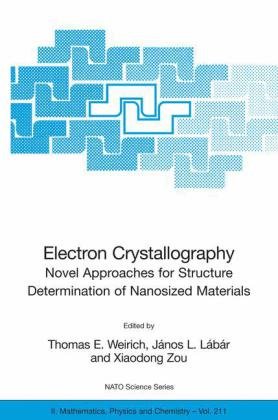
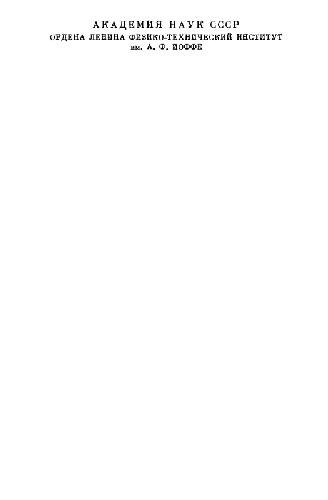
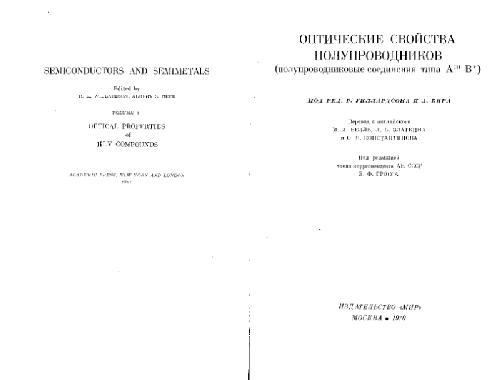

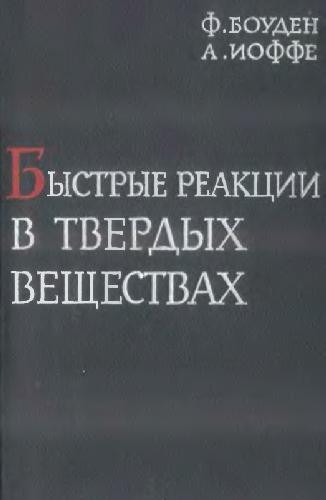

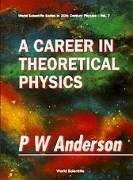
Reviews
There are no reviews yet.